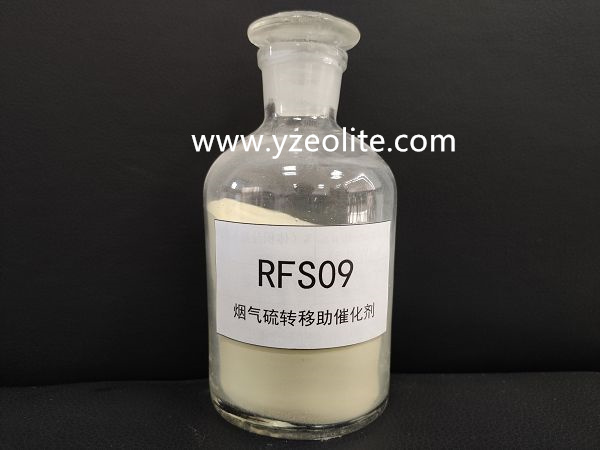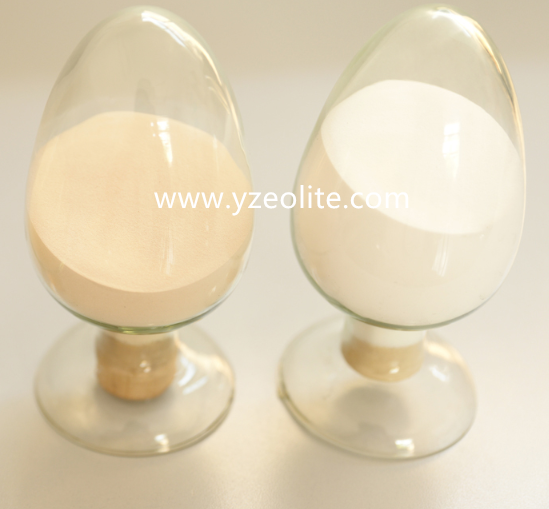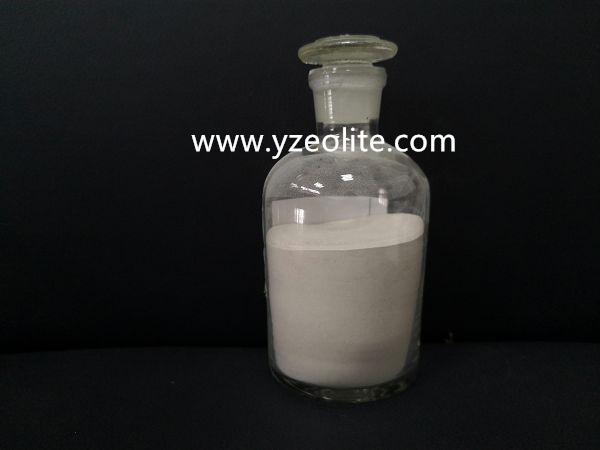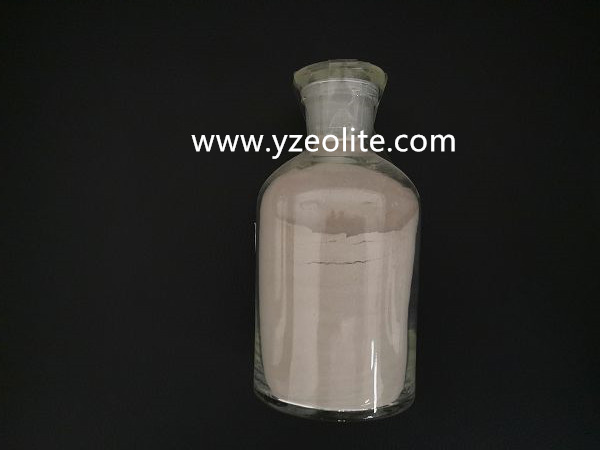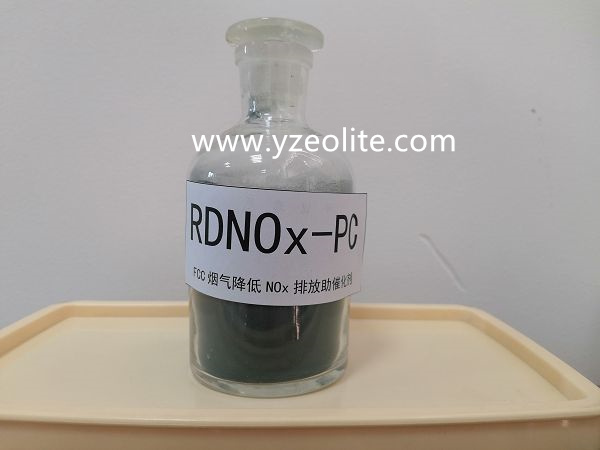Project Description
HSC Catalyst FCC catalyst
Applicable Scope
HSC Catalyst is a heavy oil cracking catalyst.
Characteristics
HSC-1 Catalyst is firstly developed for #2 FCCU of SINOPEC Jinan Petrochemical. HSC-1 has higher hydrothermal stability, higher activity, better gasoline selectivity and excellent metal resistance property.
Design Philosophy
HSC-1 catalyst was formulated with high stable HSY zeolite to improve its thermal and hydrothermal stability, gasoline selectivity and bottoms cracking capability. In addition, some macropore material and metal tolerant component were also introduced into the matrix of HSC-1 catalyst to promote pre-cracking of large molecules and enhance metal resistance capability.
Property
The main specifications of HSC-1 fresh catalyst are listed in Table 1.
Table 1 Main Specifications of HSC-1 Catalyst
| HSC-1 | |
| Chemical compositions, % | |
| Al2O3 | ≥45.0 |
| Na2O | <0.35 |
| Fe2O3 | ≤0.60 |
| Physical property | |
| LOI, % | ≤13.0 |
| Attrition Index, %/h-1 | ≤2.5 |
| Apparent bulk density, g/ml | 0.6~0.8 |
| Specific surface area, m2/g | ≥220 |
| Pore volume, ml/g | ≥0.33 |
| Particle Distribution | |
| 0~40μm, % | ≤18.0 |
| 0~149μm, % | ≥89.0 |
| APS, mm | 65.0~80.0 |
| MAT | |
| 800oC/4h, % | ≥74 |
Commercial Reference
Commercial trial of HSC-1 catalyst was performed in SINOPEC Jinan Petrochemical. Main Properties of E-cat were shown in Table 2. Compared with base case, the 0~40μm particle content of E-cat decreased gradually after the addition of HSC-1 catalyst. It indicated that the HSC-1 catalyst has good attrition resistance ability. Although catalyst consumption decreased, MA of E-cat remained, indicating that the stability of HSC-1 catalyst was higher than that of the base catalyst.
Table 2 Main Properties of E-cat
| Item | Base | HSC-1 |
| Pore volume, ml/g | 0.25 | 0.31 |
| Specific surface area, m2/g | 88 | 96 |
| Apparent bulk density, g/ml | 0.86 | 0.87 |
| Particle size distribution (PSD), % | ||
| 0~20μm | 2.8 | 0.75 |
| 0~40μm | 28.5 | 15.1 |
| 0~80μm | 78.8 | 61.1 |
| 0~105μm | 92.7 | 80.4 |
| 0~149μm | 99.1 | 96.3 |
| APS, μm | 53.9 | 69.0 |
| Metal content, μg/g | ||
| Fe | 7610 | 7853 |
| Na | 2180 | 1820 |
| Ni | 9870 | 10220 |
| V | 3810 | 2010 |
| Sb | 1840 | 1770 |
| Ca | 2550 | 2680 |
| MA, % | 65.0 | 65.5 |
| Catalyst consumption, kg/t | 1.73 | 1.07 |
The feedstock properties, operating conditions and production distribution were listed in Tables 3~5 respectively. Comparing with base catalyst, the conversion on HSC-1 increased by 4.89%, total liquid yield increased by 0.74%, the slurry yield decreased by 1.02%, gasoline yield increased by 3.66, and LPG yield increased by 1.1%. The industrial application results show that HSC-1 catalyst had higher hydrothermal stability and bottom cracking activity, higher gasoline selectivity and excellent metal resistance property.
Table 3 Feedstock Properties
| Item | Base | HSC-1 |
| Density (20 ℃), g/cm3 | 928.6 | 928.7 |
| CCR, % | 4.95 | 4.27 |
| S, µg/g | 5183 | 5348 |
| N, µg/g | 1707 | 2308 |
| Saturates, % | 55.75 | 56.90 |
| Aromatics, % | 23.63 | 23.51 |
| Resins, % | 19.56 | 18.81 |
| Asphaltenes, % | 1.06 | 0.78 |
| Metal Content, µg/g | ||
| Fe | 7.3 | 10.2 |
| Na | 0.3 | 2.0 |
| Ni | 12.5 | 12.5 |
| V | 3.7 | 0.2 |
| Distillations range, oC | ||
| 2% | 289 | 286 |
| 10% | 349 | 368 |
| 30% | 413 | 409 |
| 50% | 456 | 457 |
| <500 oC fraction, % | 65.2 | 70 |
Table 4 Main Operating Conditions
| Item | Base | HSC-1 |
| Feed Rate, t/h | 165 | 158 |
| Regeneration air consumption, m3/min | 2380 | 2295 |
| Disengager top pressure, KPa | 186 | 178 |
| Riser outlet temperature, ℃ | 500 | 500 |
| Feed preheat temperature, ℃ | 203 | 218 |
| Suspending agents injection, t/h | 9 | 12.5 |
| Regenerator #1 pressure, KPa | 248 | 239 |
| Regenerator #1 Dense bed temperature, ℃ | 700 | 702 |
| Regenerator #2 Dense bed temperature, ℃ | 682 | 685 |
| Recycle oil, t/h | 12 | 15 |
| Fractionation tower top temperature, ℃ | 120 | 117 |
| Fractionation tower feed temperature, ℃ | 489 | 490 |
| The fractionator bottom temperature, ℃ | 285 | 285 |
| Fractionation tower top pressure, KPa | 160 | 152 |
Table 5 Products Distribution
| Item | Base | HSC-1 | Difference |
| Product distribution, % | |||
| Dry gas | 3.20 | 3.26 | + 0.06 |
| LPG | 12.72 | 13.82 | + 1.1 |
| Gasoline | 41.49 | 45.15 | + 3.66 |
| LCO | 29.43 | 25.41 | -4.02 |
| Slurry | 4.80 | 3.78 | -1.02 |
| Coke | 8.25 | 8.32 | + 0.07 |
| Loss | 0.11 | 0.26 | + 0.15 |
| Conversion, % | 65.66 | 70.55 | + 4.89 |
| Light ends yield, % | 83.64 | 84.38 | + 0.74 |
Commercial Application
SINOPEC Jinan Petrochemical
Products/Grades
HSC-1 and HSC-5
Email: y@yzeolite.com

